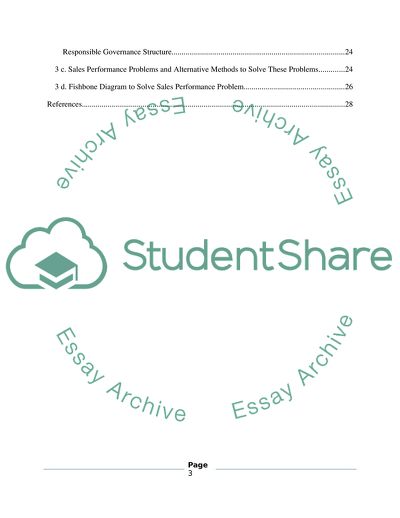Cite this document
(Information Systems in Organizations Coursework Example | Topics and Well Written Essays - 4000 words, n.d.)
Information Systems in Organizations Coursework Example | Topics and Well Written Essays - 4000 words. https://studentshare.org/information-technology/1805916-information-systems-in-organizations
Information Systems in Organizations Coursework Example | Topics and Well Written Essays - 4000 words. https://studentshare.org/information-technology/1805916-information-systems-in-organizations
(Information Systems in Organizations Coursework Example | Topics and Well Written Essays - 4000 Words)
Information Systems in Organizations Coursework Example | Topics and Well Written Essays - 4000 Words. https://studentshare.org/information-technology/1805916-information-systems-in-organizations.
Information Systems in Organizations Coursework Example | Topics and Well Written Essays - 4000 Words. https://studentshare.org/information-technology/1805916-information-systems-in-organizations.
“Information Systems in Organizations Coursework Example | Topics and Well Written Essays - 4000 Words”. https://studentshare.org/information-technology/1805916-information-systems-in-organizations.


